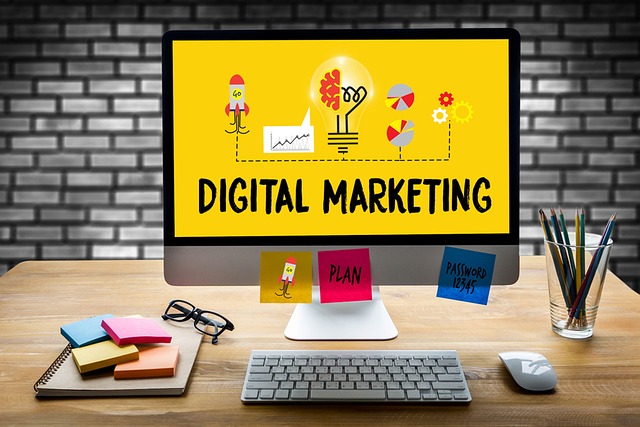In today’s fast-paced digital landscape, consumers are constantly connected, seeking information, making decisions, and engaging with brands in fleeting moments. These moments, known as micro-moments, are critical opportunities for businesses to capture attention, deliver value, and influence purchasing decisions. Understanding and mastering micro-moments marketing can be the key to success in a competitive online marketplace.

What are Micro-Moments?
Micro-moments are brief, intent-driven interactions that occur when consumers turn to their devices to fulfill an immediate need – whether it’s to learn, do, discover, or buy. These moments are characterized by their spontaneity, relevance, and high expectation for quick, personalized responses.
Google, which coined the term “micro-moments,” identifies four key types:
I-want-to-know moments
When consumers are seeking information or answers to their questions.
I-want-to-go moments
When consumers are looking for a nearby location or business.
I-want-to-do moments
When consumers are seeking instructions or guidance to complete a task.
I-want-to-buy moments
When consumers are ready to make a purchase and are researching product options or seeking deals.

Capitalizing on Micro-Moments
To effectively capitalize on micro-moments, brands must be present, relevant, and responsive across various digital channels. Here’s how they can do it:
Understand Customer Intent
By analyzing search queries, social media interactions, and other online behaviors, brands can gain insights into their customers’ intent during micro-moments. This understanding allows them to deliver content and experiences that meet consumers’ needs in real-time.
Optimize for Mobile
Given that micro-moments often occur on mobile devices, brands must ensure that their websites, apps, and content are optimized for mobile users. This includes fast loading times, mobile-friendly design, and easy navigation to facilitate seamless interactions.
Provide Relevant Content
Tailor content to address specific micro-moments and provide valuable information or assistance to consumers. This could involve creating how-to guides, answering frequently asked questions, or offering personalized recommendations based on user preferences and context.
Be Available Across Channels
Consumers may engage with brands across multiple channels during micro-moments, including search engines, social media, messaging apps, and voice assistants. Brands should maintain a consistent presence across these channels and ensure a cohesive experience across touchpoints.

Enable Instant Action
Make it easy for consumers to take action during micro-moments, whether it’s making a purchase, booking an appointment, or contacting customer support. Implement features like one-click purchasing, click-to-call buttons, and chatbots to facilitate swift and seamless interactions.
Use Location Targeting
Leverage geotargeting and location-based advertising to reach consumers during “I-want-to-go” moments when they are looking for nearby businesses or services. Promote relevant offers or directions to attract foot traffic and drive conversions.
Monitor and Measure Performance
Continuously monitor the performance of micro-moments marketing efforts, track key metrics such as engagement, conversion rates, and ROI, and use data insights to refine strategies and improve results over time.
Case Studies: Successful Micro-Moments Campaigns
Several brands have successfully leveraged micro-moments marketing to connect with consumers in real-time and drive business results:
Starbucks
The coffee giant uses its mobile app to provide personalized offers, order-ahead functionality, and loyalty rewards, catering to consumers’ “I-want-to-buy” moments and enhancing the in-store experience.
Nike
Nike’s SNKRS app delivers exclusive content, product launches, and real-time notifications to sneaker enthusiasts, tapping into their “I-want-to-know” and “I-want-to-buy” moments and creating a sense of urgency and excitement.
Uber
Uber’s ride-hailing app capitalizes on consumers’ “I-want-to-go” moments by offering convenient and on-demand transportation services, with features like real-time location tracking, estimated arrival times, and seamless payment options.

Conclusion
In an era where consumers expect instant gratification and personalized experiences, mastering micro-moments marketing is essential for brands looking to stay competitive and relevant. By understanding customer intent, optimizing for mobile, providing relevant content, and enabling instant action, brands can effectively connect with consumers in real-time, driving engagement, loyalty, and conversions.
As technology continues to evolve and consumer behaviors shift, staying agile and adapting to the changing landscape of micro-moments will be crucial for brands seeking to thrive in the digital age. By embracing micro-moments as opportunities rather than interruptions, brands can forge deeper connections with consumers and deliver value when it matters most.










